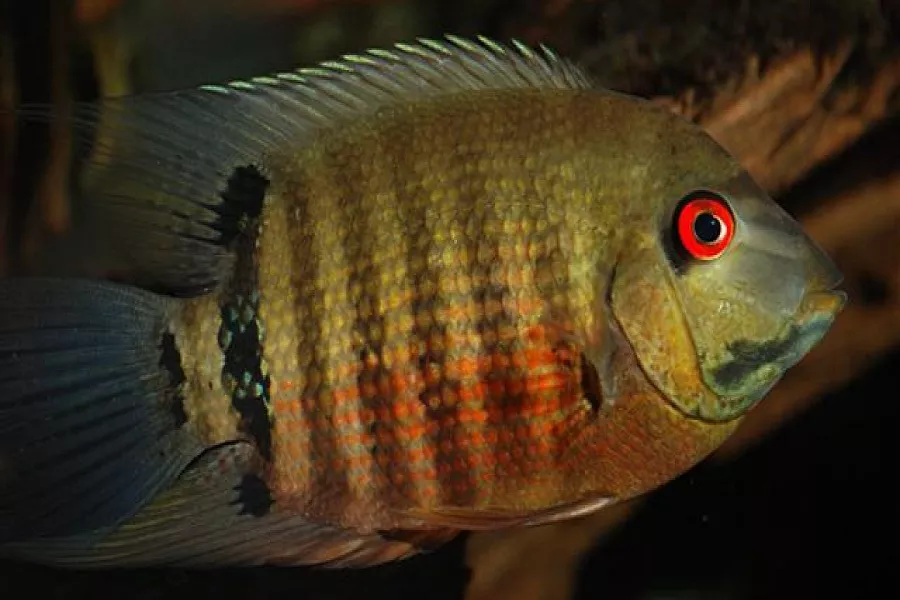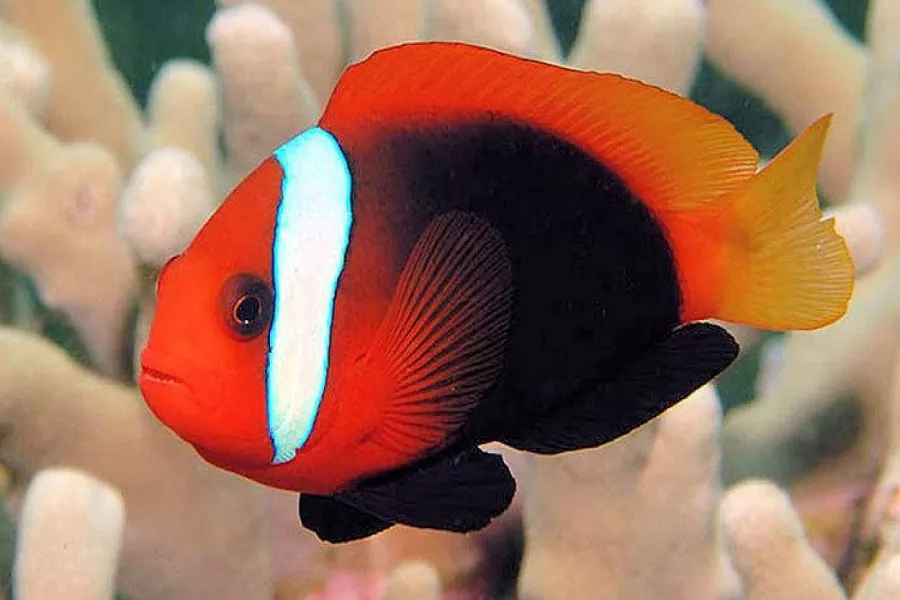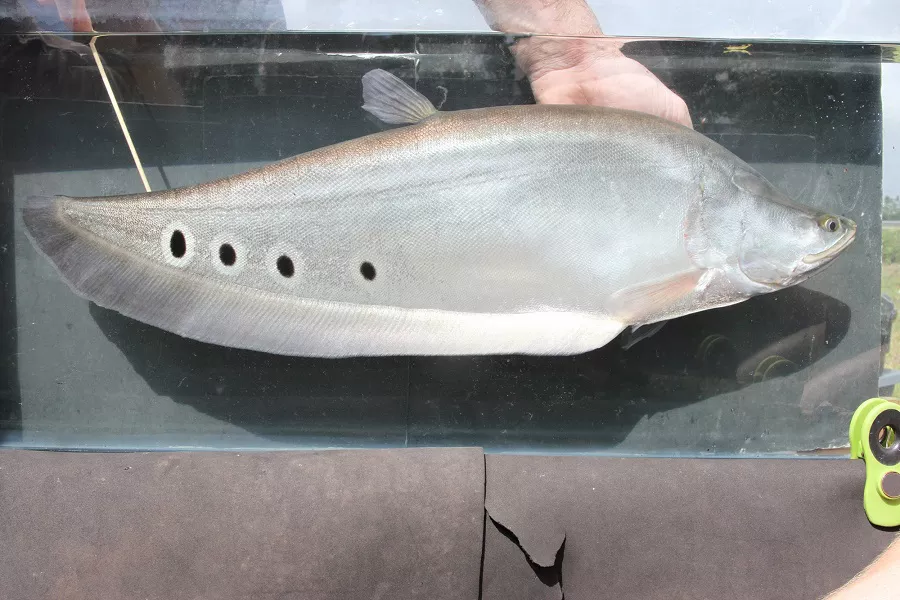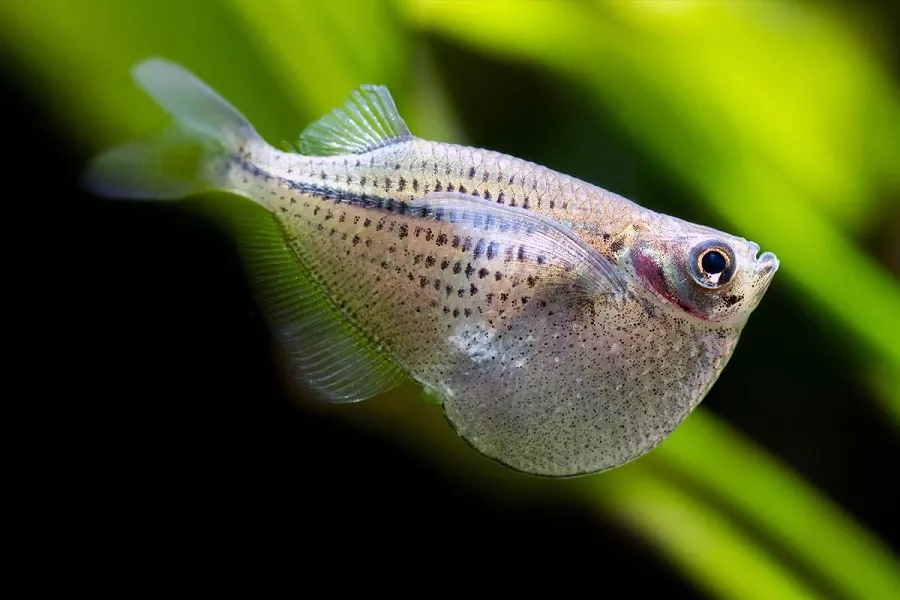What is banded cichlid?
Banded cichlid, Cichlasoma severum, cichlid family Cichlid. The adult fish is 20~25cm long, thick and flat on the side, oval in side view, small mouth cleft, orange in color, covered with red dots on the gill cover, prefers weakly acidic to neutral water quality, and the suitable water temperature is 25~30 ℃ , partial animal omnivorous, like benthic invertebrates such as water worms, chironomids larvae and the like, mainly distributed in Brazil, Guyana, the Amazon River Basin.
What does banded cichlid look like?
The adult fish is 20~25cm long, flat on the side, oval in side view, small mouth cleft, orange in color, covered with red dots on the gill cover, artificially bred ‘Red Pineapple’ variety covered with bright red small Point, very bright and festive.
banded cichlid living habits
Relatively mild, even a little timid. Like weakly acidic to neutral water quality, suitable water temperature 25~30 ℃, partial animal omnivorous, like benthic invertebrates such as water earthworms, chironomid larvae and the like, also eat pellet feed. They like group activities when they are young, and they become territorial when they mature. One female and one male will pair up on their own and repell other fish. They will lay eggs that stick to hard objects on the bottom of the water, and each lays about 500 eggs.
banded cichlid rearing
Banded cichlid loves to swim at the bottom of the aquarium, with a quiet and gentle temperament, no strict requirements for water quality, and prefers neutral water, with a suitable water temperature of 23-26°C. During estrus, the temperament becomes violent and aggressive, and can be kept alone. Oviparous and demanding on mates. They should be raised in small groups to allow them to pair naturally. The breeding water temperature should be around 26°C. A smooth stone or a flower pot should be placed in the breeding box. The selected female fish should be released first, and then the male fish should be placed in a spawning ground after it has cleaned out a spawning ground with its mouth. . After chasing, the females lay their eggs on the cleaned spawning sites, and the males then ejaculate. Fertilized eggs are sticky. The fertilized eggs hatch after 60 hours, at which time the broodstock can be fished out, and the larvae can swim and feed after about 60 hours. Sexual maturity is attainable in one year and can reproduce several times a year.
Reminder: For more knowledge about tiger fish, arowana, australian lungfish, please pay attention to: mtedr.com, to provide you with types of aquarium fish and fish care.


























